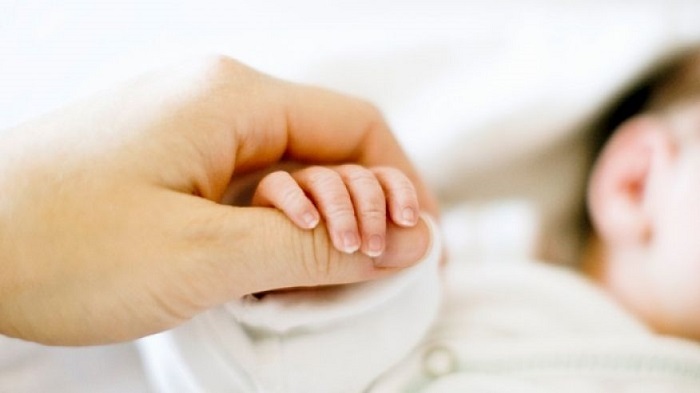But very little is known about how babies first develop their own unique set of bugs, what`s called the gut microbiome. Wednesday`s studies closely tracked infants through toddlerhood and concluded that the first two to three years of life are a critical period for budding microbiomes.
Still, "what happens when you don`t have the right bugs at the right age during that critical period? We don`t know the answer," cautioned Dr. Martin Blaser of New York University, who led one of the studies.
Using monthly stool samples to track changes in gut bacteria, Blaser`s team studied 43 U.S. infants for two years after birth, and a team at Massachusetts General Hospital and the Broad Institute tracked 39 Finnish children to age 3.
Repeated use of antibiotics in childhood diminished the diversity of bacteria believed to be part of a healthy microbiome, concluded both studies, published in the journal Science Translational Medicine.
Children`s microbiomes gradually mature to more resemble those of adults, and Blaser found antibiotic treatment delayed that maturation. The Mass General team also found antibiotics made tots` microbial communities less stable and triggered a temporary rise in genes that can make germs become antibiotic-resistant.
The average U.S. child receives three courses of antibiotics by age 2, and public health officials are working to reduce unnecessary antibiotics — when they`re prescribed for things like ear or respiratory infections without checking whether a virus, which antibiotics can`t treat, really is the culprit.
As for babies delivered by C-section, researchers have long known that they harbor different gut bacteria early on than vaginally delivered infants who were exposed to their mother`s germs in the birth canal. The new studies detail how C-section babies bear a particular microbial signature characterized by lower levels of bugs from the Bacteriodes family that plays a role in intestinal immunity. Antibiotics had an even greater effect on youngsters who lacked those bugs.
But surprisingly, some of the Finnish babies who were vaginally delivered also lacked that Bacteriodes diversity, an oddity that Dr. Ramnik Xavier, chief of Mass General`s gastrointestinal unit, says highlights how complex microbiome development will be to unravel.
That finding aside, the research echoes previous studies that have highlighted antibiotics and C-section deliveries as potential problems for microbiome development. In fact, NYU researchers have begun studying whether swabbing babies delivered by C-section with bacteria from mom`s birth canal makes their microbiomes more closely resemble those of vaginally delivered babies.
Both teams will continue tracking the children to see if early differences in microbiomes really matter for later health. For now, Xavier said they provide another reason why "prescribing unnecessary antibiotics in the first three years of life is probably not a good thing."
More about:
















































